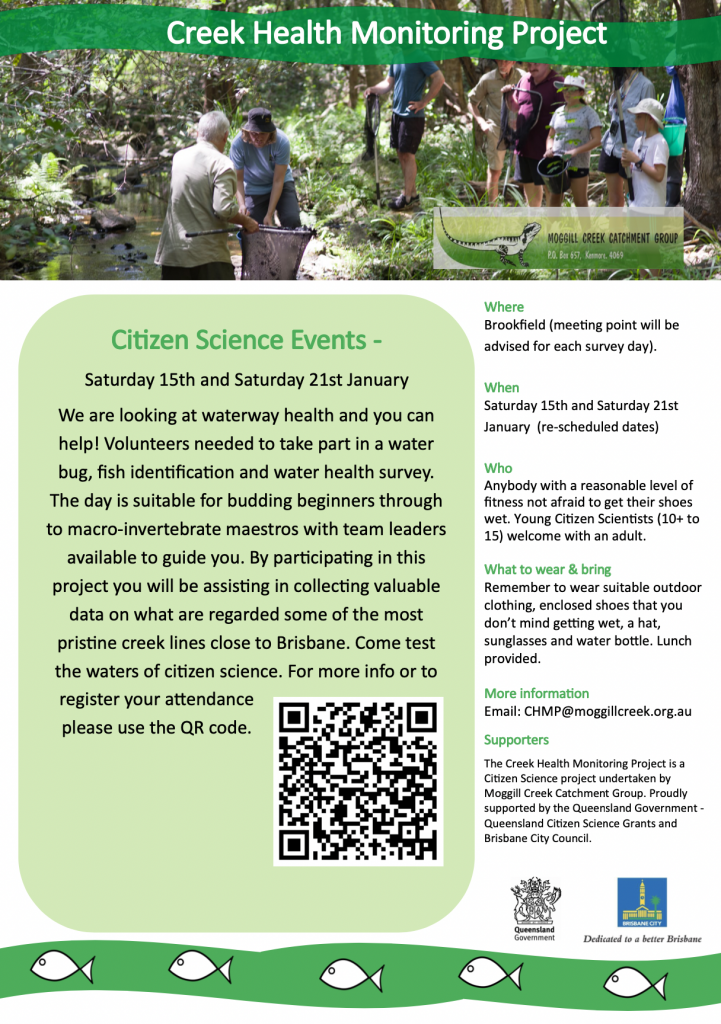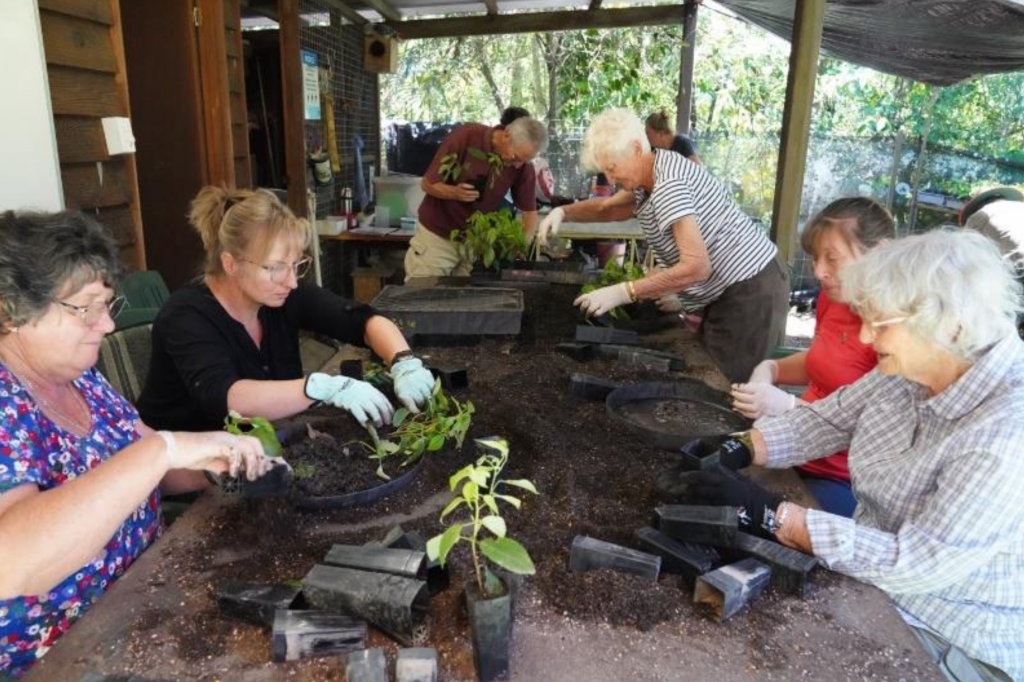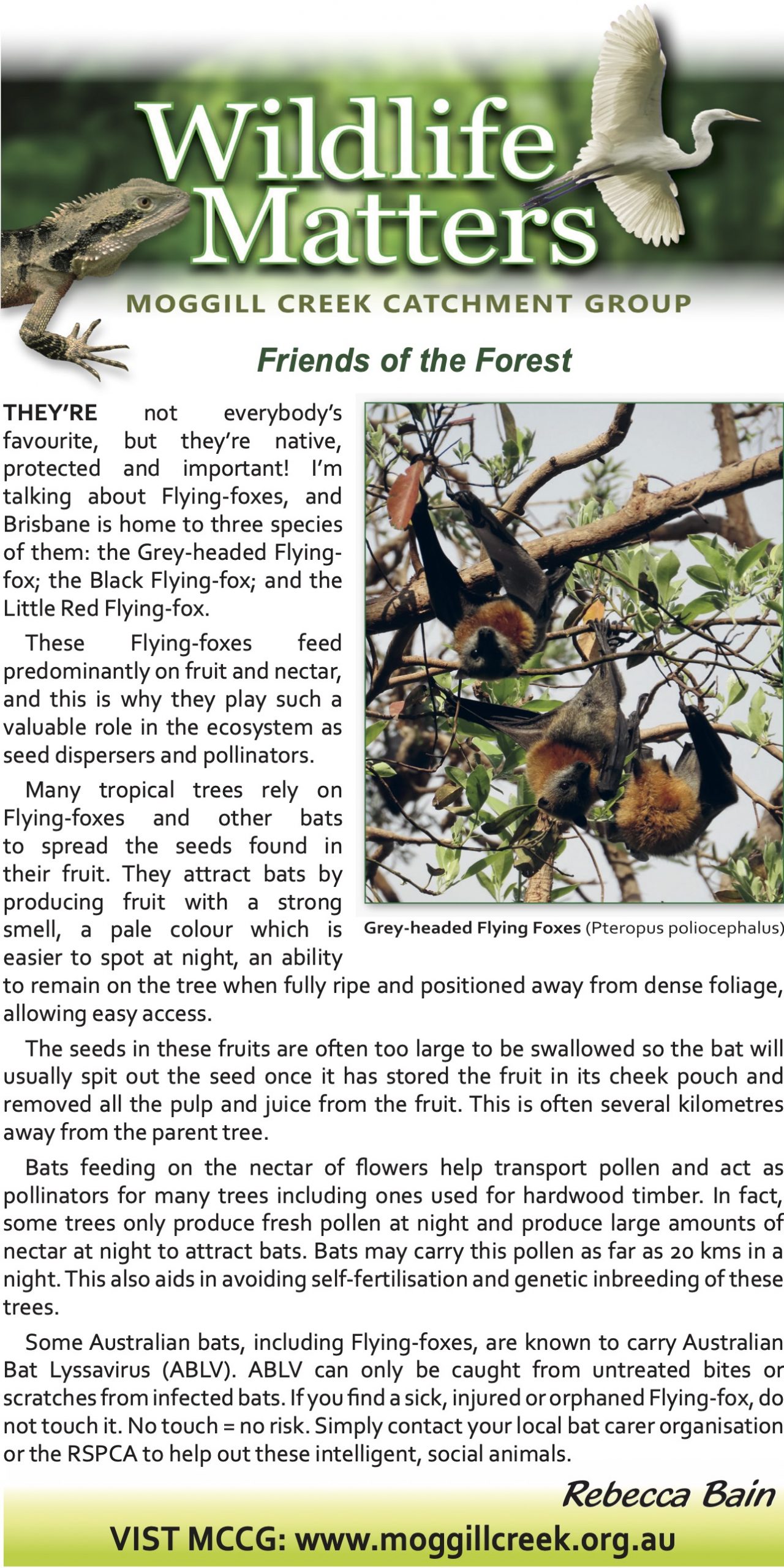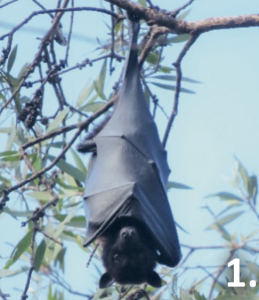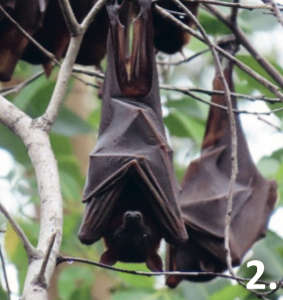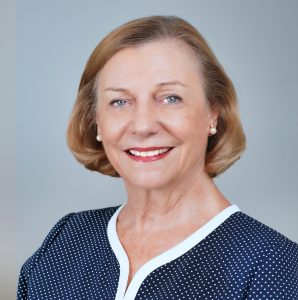How well do you know the local wildlife? You are invited to meet the Wildlife Identification Challenge!
CAN you identify these invasive weeds using the MCCG Digital Field Guides?
Which of them was introduced to Australia as fodder for cattle in times of drought?
1.
2.
3.
ANSWER:
- Cat’s Claw Creeper (Dolichandra unguis-cati) Photo Jim Pope
- Glycine (Neonotonia wightii) Photo Jim Pope
- Madeira Vine (Anredera cordifolia) Photo Jim Pope
Glycine (Neonotonia wightii) was introduced to Australia as fodder for cattle in times of drought.
Published in

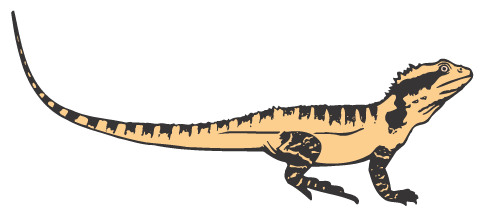
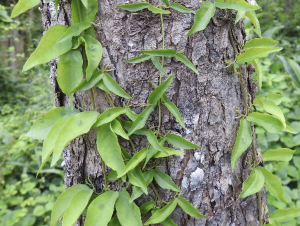
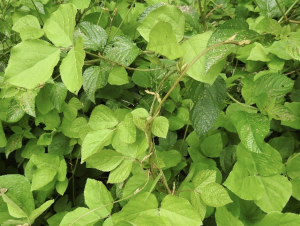
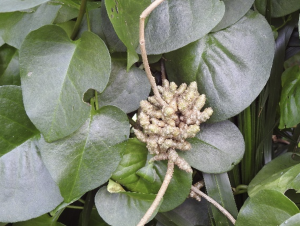
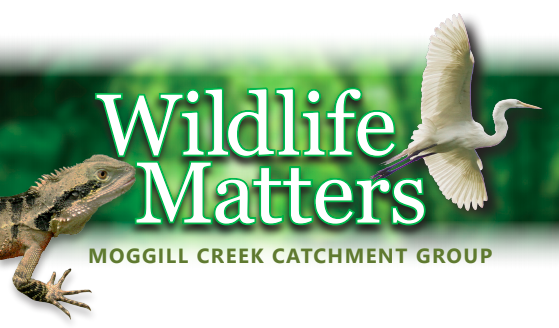
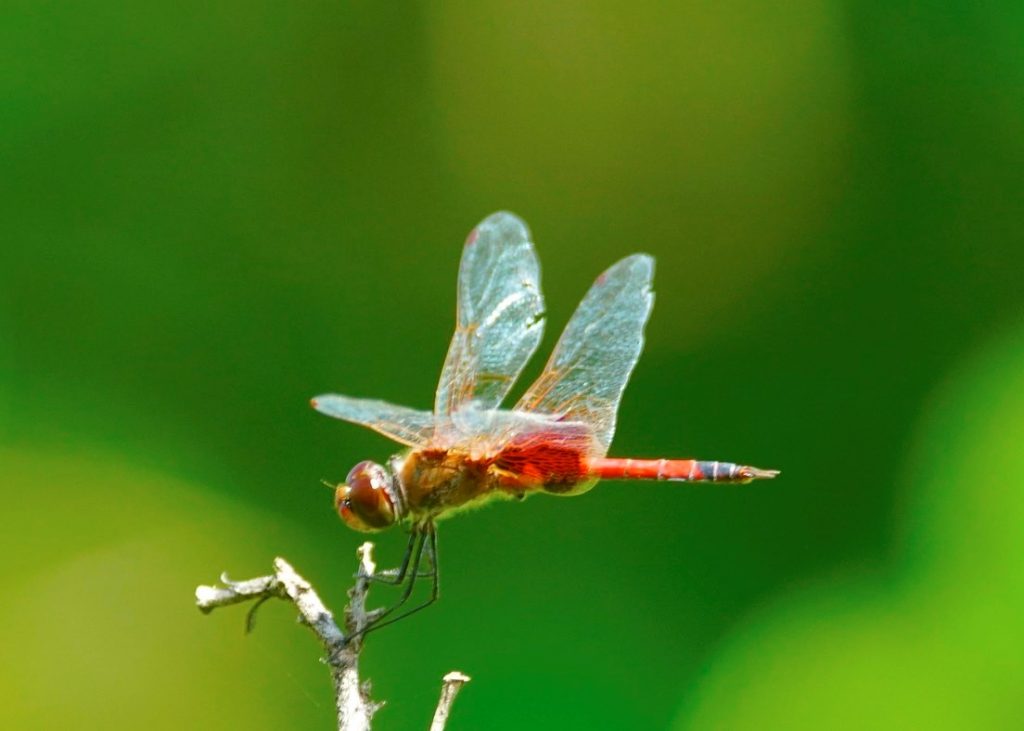
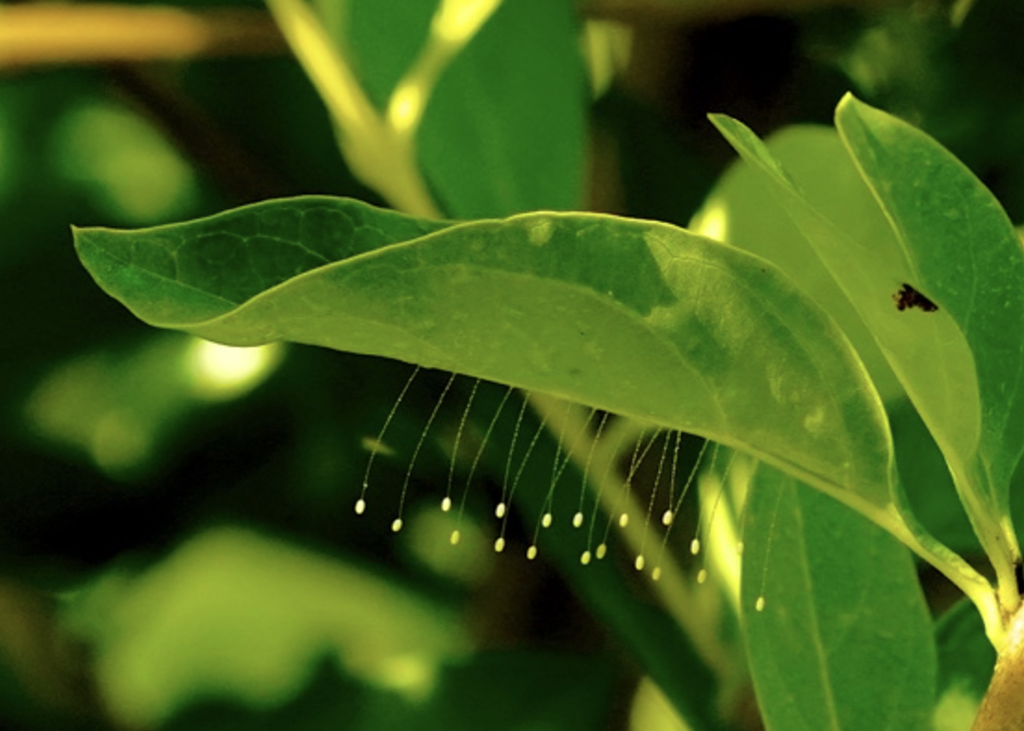
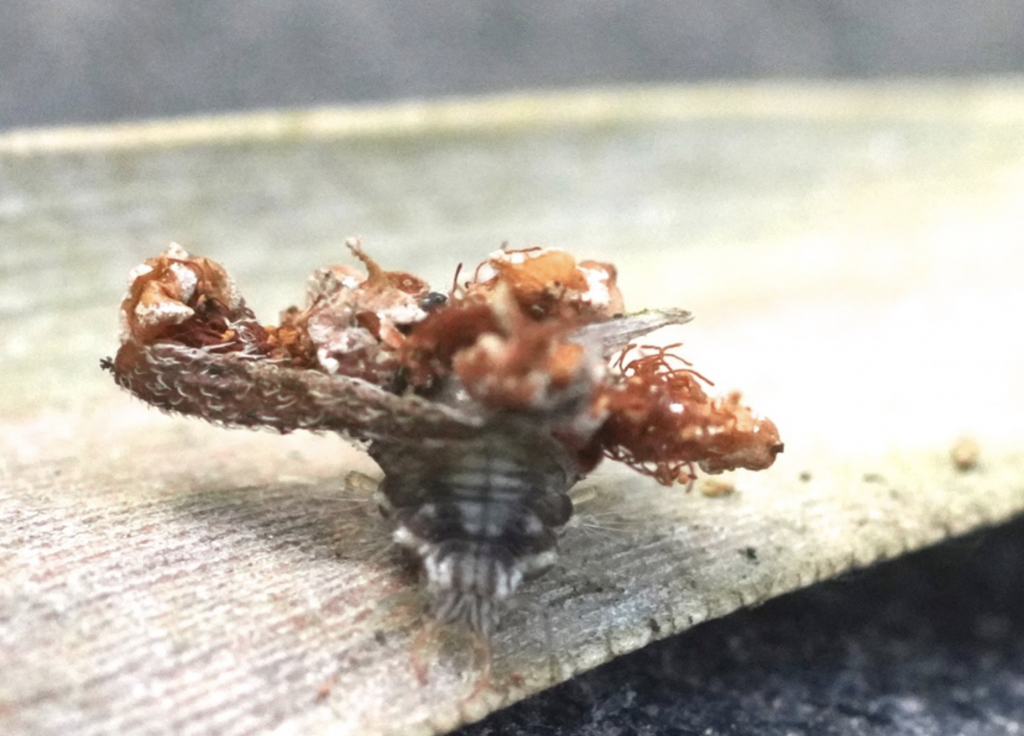
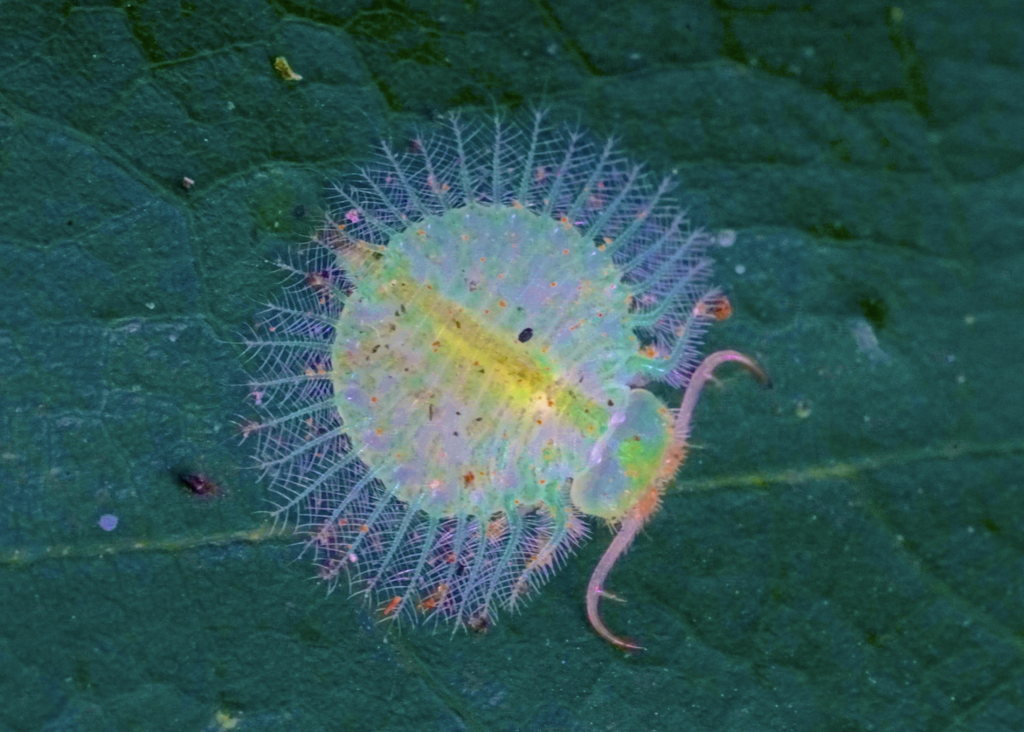
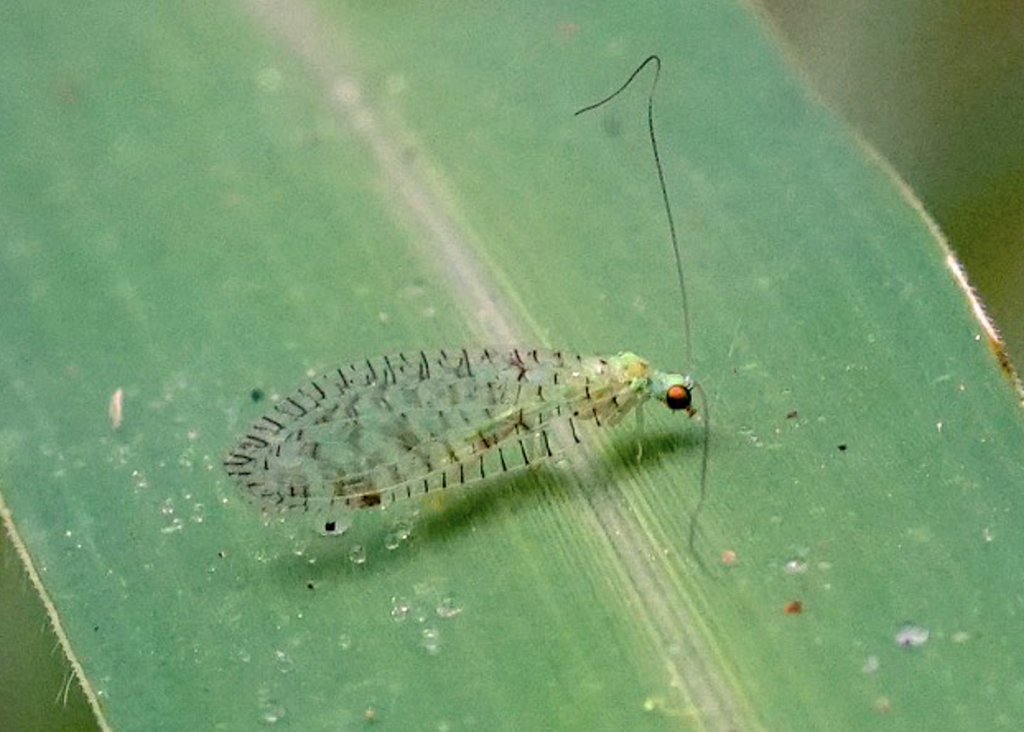 Small lacewing about 1cm feeding on minute insects on a leaf of grass Photo: Ed Frazer
Small lacewing about 1cm feeding on minute insects on a leaf of grass Photo: Ed Frazer Split-footed lacewing the size and appearance of a dragonfly Photo: Ed Frazer
Split-footed lacewing the size and appearance of a dragonfly Photo: Ed Frazer